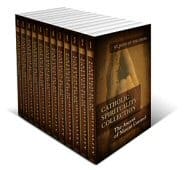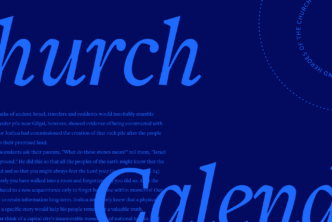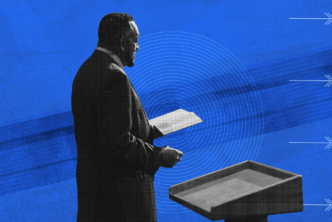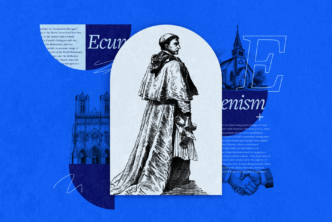Today’s guest post is by Louis St. Hilaire, Content Manager on the Logos Bible Software electronic text development team.Popular views of the Middle Ages are often shaped more by Monty Python caricatures than by reality. Far from being a parenthesis in the progress of human learning and achievement that can be mostly ignored, the religious, political and philosophical developments of the medieval era are crucial for understanding the subsequent history of the West and the shape of the modern world. This is particularly true for the areas of church history and theology.
From Gregory VII to St. Francis to Jan Hus, the late Middle Ages were alive with movements to purify and reform society and the Church that presaged the changes of the Reformation era and left their mark on every form of Western Christianity. Meanwhile, the formation of the scholastic synthesis—and its eventual unraveling—are critical for understanding many Reformation-era controversies.
Logos offers some great resources for delving into the Christian thought of the medieval world, including the Summa Theologica and Summa Contra Gentiles of Thomas Aquinas, the major works of Anselm of Canterbury, a collection of writings of the Venerable Bede, and a Catholic Spirituality Collection that includes writings of Bernard of Clairvaux, Francis of Asissi and Thomas à Kempis.
Another important window into the Middle Ages is given by The Sources of Catholic Dogma, which is a reference work tracing the development of Catholic teaching through the decrees of church councils and popes. Translated from the 30th edition of Henry Denzinger’s famous Enchiridion Symbolorum, it consists of excerpts chronologically organized all the way from Clement of Rome (c. AD 90) to Pius XII (1939-1958).
This covers a lot of important material for the study of medieval Christianity, such as the reforms of the Lateran Councils, the decrees of the Council of Constance against Wycliffe and Hus and the attempted reunion of the Eastern and Western Churches at the Council of Florence. Moreover, it puts it in a context showing precedents from the Early Church and ramifications in later centuries.
Thus, it is an important source book for Catholics and for anyone interested in church history and the development of theology from patristic to modern times. For students of the Reformation, it provides important context in the form of primary source material from the Middle Ages and Counter-Reformation.
Logos is offering The Sources of Catholic Dogma as part of the Catholic Theology and Dogma Collection, along with other important documents from the Catholic Church and modern syntheses of Catholic teaching like Ludwig Ott’s Fundamentals of Catholic Dogma.
With references to Holy Scripture, the Early Church Fathers and the Summa Theologica linked up, the Logos editions of these works will make them more useful and accessible than ever before.





